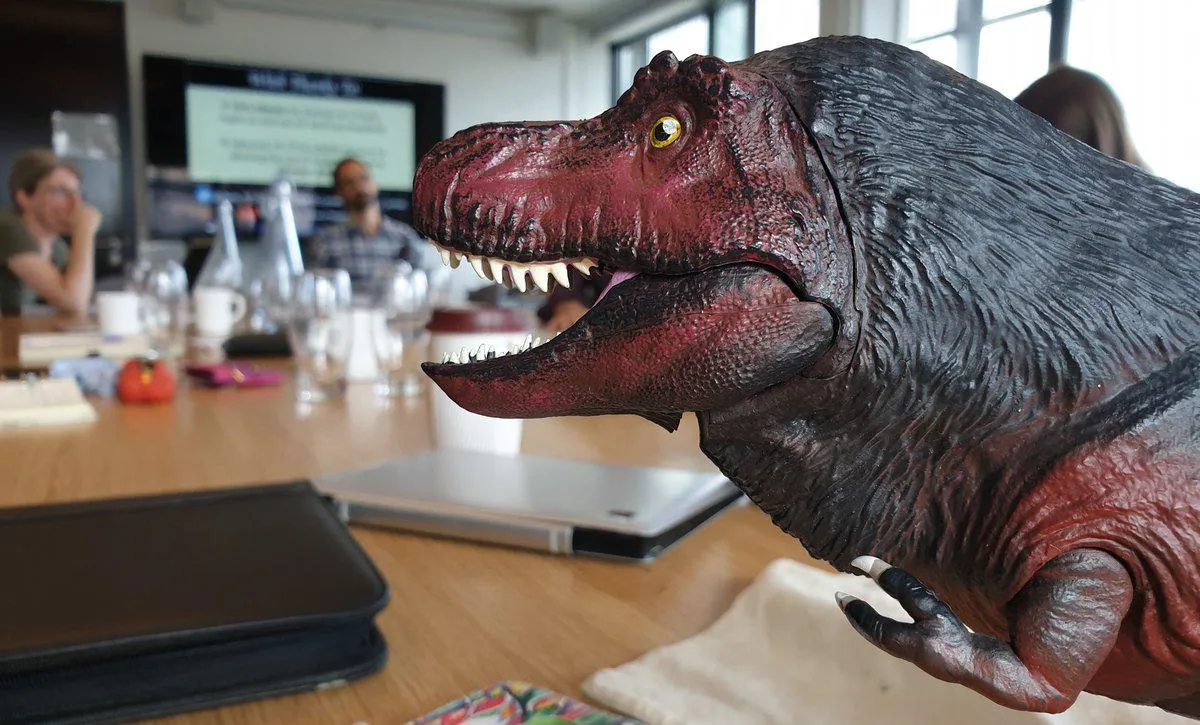Popularizing Palaeontology: Current and Historical Perspectives

From the beginnings of research into the earth’s deep history in the late-eighteenth century, extinct animals, lost worlds, narratives of life’s history and accounts of palaeontological discovery have exerted a strong hold over public audiences, and been depicted across a range of media. The ‘spectacular’ side of the field – particularly dinosaurs, adventurous fieldwork and human origins – has long been presented as an important gateway into wider interest in science. The practices of palaeontological research, mixing geology, comparative anatomy and evolutionary biology with artistic and imaginative reconstructions of extinct organisms and lineages, also offer important perspectives on the relations between different sciences, and between science and art. And the diversity of prehistoric life, and the large-scale changes across geological history, have been an important means of shifting understandings of ecology, evolution and biodiversity since the nineteenth century.
This network aims to look at these issues and link synergistic trends in the humanities and sciences. In the history and sociology of science, the study of popular science is a dynamic field, moving beyond simplistic ideas of dissemination from ‘high’ scientific to ‘low’ popular contexts to more complex models based on coproduction and circulation between the ‘public’ and the ‘scientific.’ In these works, the history of geology and palaeontology – conceptually revolutionary sciences of great appeal to public audiences – have been crucial case-studies. In the evolutionary and earth sciences themselves, public engagement (often in a highly historically-informed manner) has also been a major preoccupation, and palaeontologists and geologists have pioneered innovative new methods of collaborative public engagement, open access publishing, and online dissemination. However, despite the obvious thematic and practical overlaps between these developments, they have occured quite separately from one another.
Our aim is to bring together an international group of humanities and social sciences scholars, scientists, museum professionals, artists, and participants from the cultural sector to reflect on these trends and build future collaborations. Mixing theoretical and practical discussions on the public circulation of scientific ideas, we are investigating the importance of palaeontological concepts in the modern world, while also developing new understandings and methods for science communication more generally.
Click here to access the network website.
Our Partners

Arts & Humanities Research Council (AHRC)


